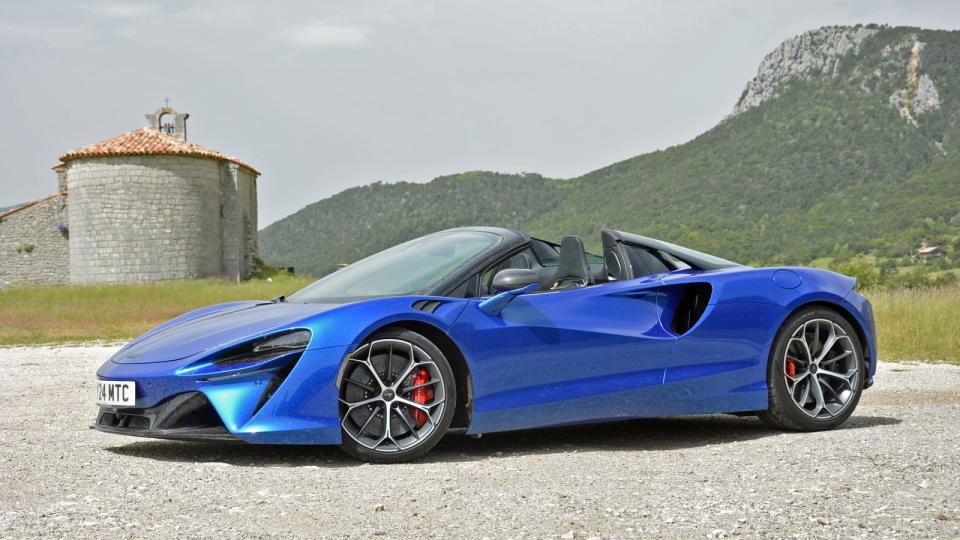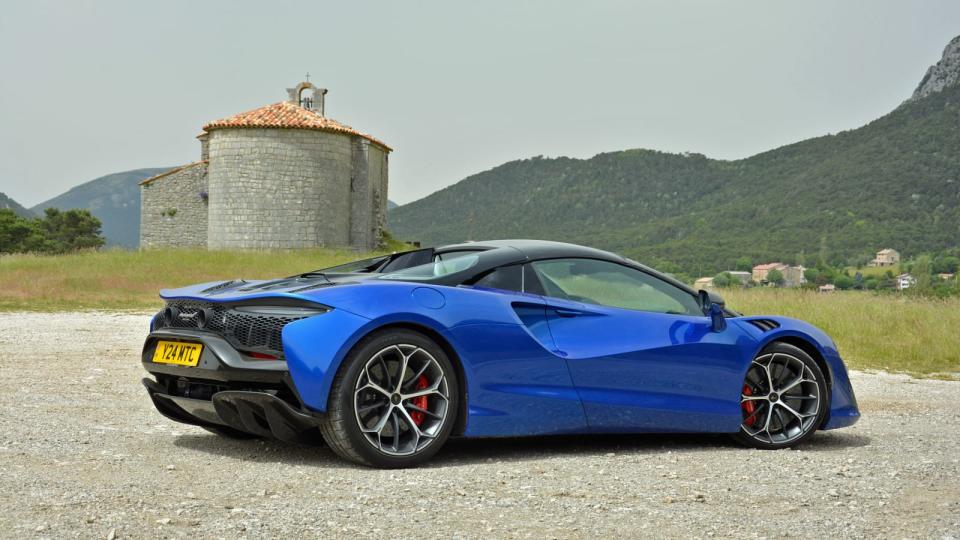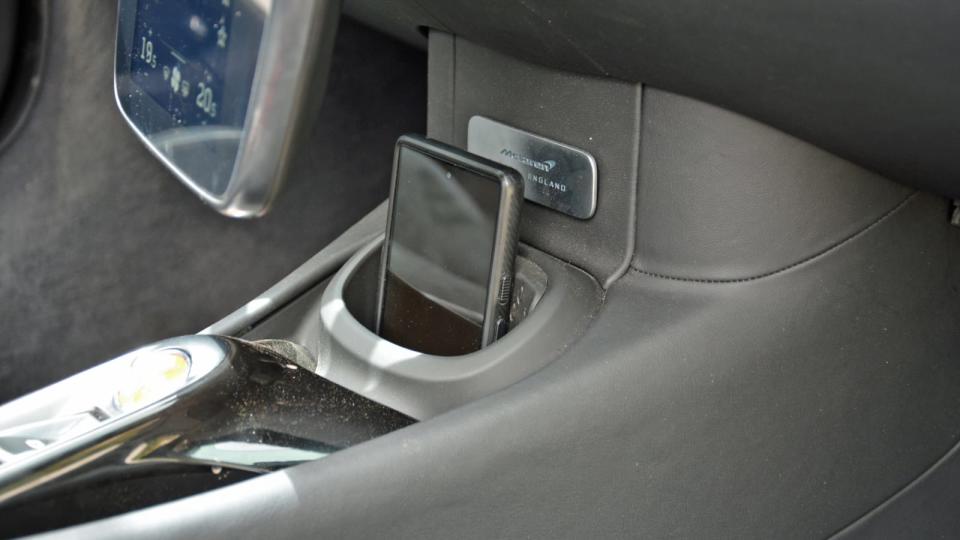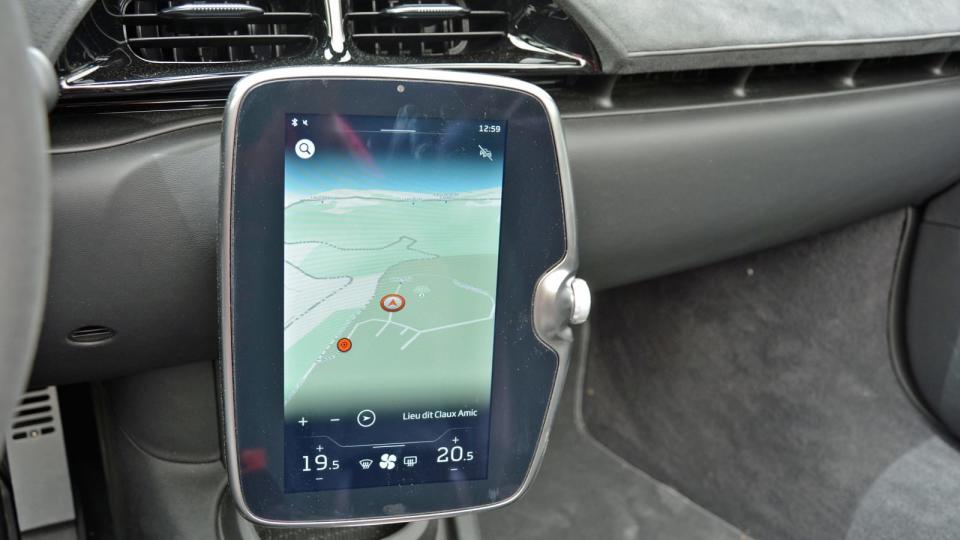McLaren Artura Spider First Drive Review: Plug-in hybrid supercar drops its top

MONACO – The easy way to turn the McLaren Artura into a convertible would have been to chop off the coupe’s roof and call it a day. The company chose a more difficult approach: In addition to a power-folding top, the Artura Spider inaugurates a long list of updates that the coupe will also benefit from.
Rolling out improvements on the Spider makes sense: McLaren notes that convertibles normally represent between 70% and 75% of a model line’s sales, and the Artura is particularly important as it’s the newest member of the range. It’s a gateway drug that leads to bigger cars like the 750S.
McLaren remains SUV-free (for the time being; that’s going to change soon) but there’s one trend it couldn’t escape: electrification. Like the coupe, the Spider is powered by a plug-in hybrid drivetrain that consists of a 3.0-liter twin-turbocharged V6, an axial-flux electric motor, a liquid-cooled 7.4-kilowatt-hour lithium-ion battery pack, and an eight-speed dual-clutch automatic transmission.


The system develops 690 horsepower at 7,500 rpm and 531 pound-feet of torque at 2,250 rpm. For context, the Artura made its debut with a 671-horsepower version of this drivetrain. The 19-horse bump is one of the changes that McLaren is ushering in with the Spider for the 2025 model year. It also recalibrated the power curve and made the transmission’s shifts approximately 25% faster.
McLaren quotes a 0-to-60-mph time of 3 seconds. Keep your foot down and you’ll see 124 mph in 8.4 seconds. If you’ve got enough tarmac, you can keep going until the speedometer displays 205 mph. Alternatively, the electric motor can move the Artura on its own for about 21 miles at up to 81 mph. Deceleration is as impressive as acceleration: The Spider takes 102 feet to stop from 62 mph.
Engineers also redesigned the engine mounts, turned up the exhaust system’s volume, added revised brake ducts, and made hardware and software changes to the suspension. Inside, the big news is a newly-standard wireless device charger integrated into the center console. McLaren notes it devoted a considerable amount of effort to this part. If it were flat, like in many cars, the phone would ping-pong across the cabin when the Spider is being driven the way it was designed to be. The solution is a wireless charger-cupholder hybrid with a rubber insert to prevent the phone from flying away.



Lane departure warning and speed limit detection are newly standard, while blind-spot and rear cross-traffic warning systems are optional. Even a driver-focused car needs driving aids in 2024.
“There was nothing wrong with the original car, but we had ideas to make it even better,” summed up Andy Beale, a 22-year McLaren veteran who currently works as the company’s chief engineer.
Here’s what didn’t change: the chassis. Like its fixed-roof sibling, the Spider is built around a carbon fiber monocoque with aluminum subframes. The tub is stiff enough that McLaren didn’t need to add convertible-specific reinforcements, which in turn keeps weight in check. The roadster tips the scale at 3,439 pounds, a figure that makes it a mere 136 pounds heavier than the coupe. Hop in the coupe, take a relatively thin passenger for the ride, and you’ve just about matched the Spider’s weight.

 Yahoo Autos
Yahoo Autos 